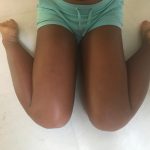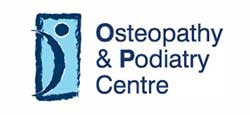Hypermobility in Children
Did you know that having flat feet is often a sign of general hypermobility in children? Whilst I have always been aware of this, it has become more noticeable since working at the Osteopathy & Podiatry Centre, with podiatrists Helen Crawford and Robert Ashton. Hypermobility is a condition in which there is more movement or mobility at a joint beyond the normal range of most peoples’ joints. This can happen at a specific region of the body or multiple joints of the body.

Children with hypermobility may also sit in the ‘W’ position. In this position, a child’s base of support is wider and their centre of gravity is lower, allowing for increased stability through the hips and trunk but it engages the core less so leading to weaker core muscles. It may also lead to in-toeing gait.
Another tell tale sign of hypermobility is ‘back bracing’ when standing. The can lead to problems such as rotational issues through the spine, pelvic rotation and functional leg length discrepancies.
 Symptoms of hypermobility can be frequent falls, lack of interest in sport and complaining of ‘tired legs’ in young children. In older children and also adults, symptoms can be poor posture, joint pain and stiffness, foot pain and gait abnormalities, poor hand writing, and back and muscle ache and strain.
Symptoms of hypermobility can be frequent falls, lack of interest in sport and complaining of ‘tired legs’ in young children. In older children and also adults, symptoms can be poor posture, joint pain and stiffness, foot pain and gait abnormalities, poor hand writing, and back and muscle ache and strain.
To help prevent symptoms strong muscles are required to help support weak ligaments therefore regular daily exercise is important in children. Specialised exercises can be prescribed for core strengthening by your practitioner.
Call 6734 4236 if you would like an assessment for your child with Neelam.

